THE FLIGHTDECK • August 2019
Airbus A350: A beginner’s guide
The recent arrival of British Airways’ first Airbus A350-1000 ushers in a new era of efficiency and customer comfort. Here The Club takes a closer look at the new aircraft and the benefits it will bring
What’s all the fuss?
This summer, British Airways’ new A350 fleet takes to the skies. One of the most versatile and technologically advanced aircraft there is, it will carry its first long-haul passengers to Dubai and Toronto in October, before heading to Bangalore and Tel Aviv later in the year. It is considered ideal for second-tier cities, so will enable British Airways to fly customers to even more destinations around the world.
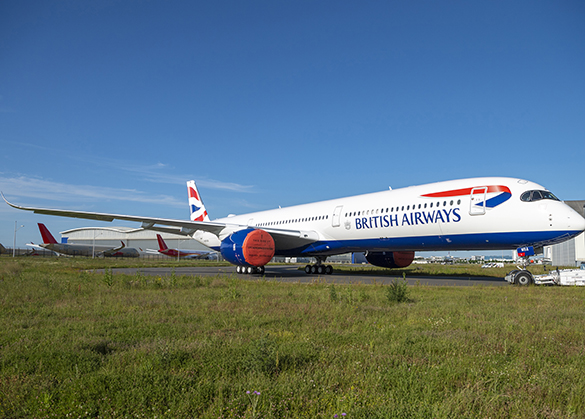
Vital statistics
At 74 metres from nose to tail, the A350-1000 is the length of 16 London taxis. This makes it the longest aircraft in BA’s fleet, beating its Boeing 777 by just a centimetre.
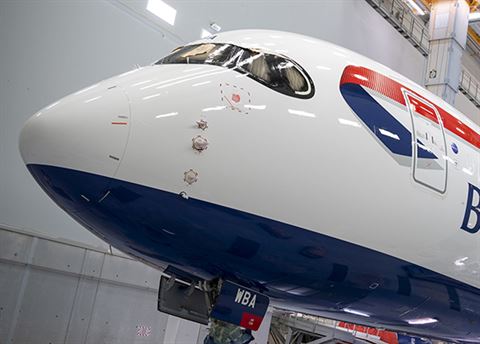
Passenger numbers
The aircraft can seat more than 300 passengers in three cabins. As well as the 56 all-new Club Suites in the business cabin, the A350 will feature the latest World Traveller Plus cabin (56 seats) with new furnishings including a plush new pillow and quilt, new amenity kits and an improved menu. The World Traveller (economy) cabin will have 219 seats. Customers will also benefit from high-speed Wi-Fi, allowing travellers to browse the inflight entertainment on their own devices.
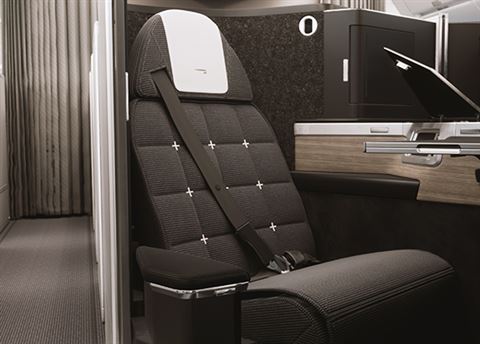
Pilot training
A brand-new aircraft will always require pilots to be trained in the specifics of that type. However, Airbus has tried to maintain consistency between all its aircraft to make things easier and, from a pilot’s perspective, the A350 is very similar to the A380 which is already in the fleet.
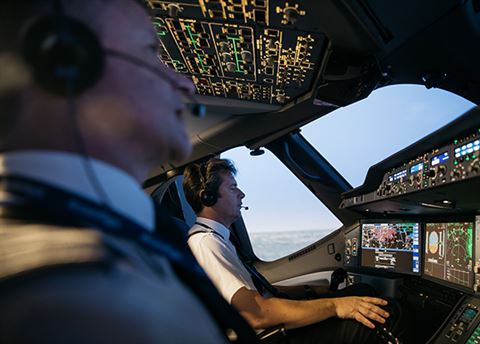
Cabin comfort
Customers can expect a spacious and calm cabin – it is the quietest twin-aisle aircraft. Ambient LED lighting mimics the sunrise and sunset, which minimises the effects of jet lag, and extra-large windows mean a better customer experience. The air pressure is designed to replicate ground conditions as much as possible, and the air is refreshed every few minutes.
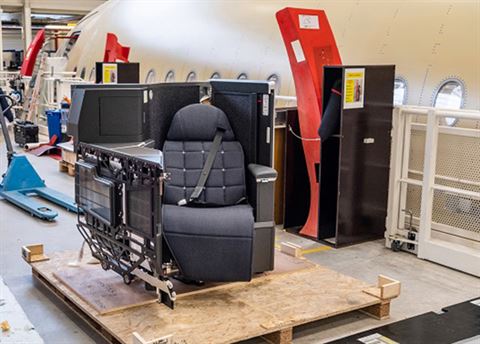
Engine power
The latest Rolls-Royce Trent engines allow the A350 to be super efficient. They are the most powerful engines ever developed for an Airbus aircraft and enable it to fly on extended flight sectors. With a flight range of 15,557km, the aircraft can fly more than 350km further than the A380, and be in the air for more than 20 hours of non-stop flying.
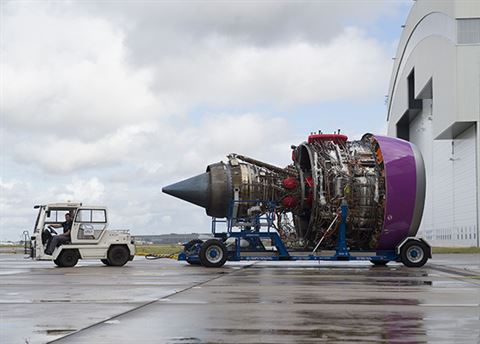
Greener machine
As well as having quieter engines, the body of the aircraft is built by combining carbon composites, titanium and modern aluminium alloys meaning the aircraft is lighter and more cost-efficient, reducing both fuel burn and emissions. While aircraft wings that change shape in flight and winglets (wing tips) make for an even more efficient flight. It is a step forward for sustainable flight.
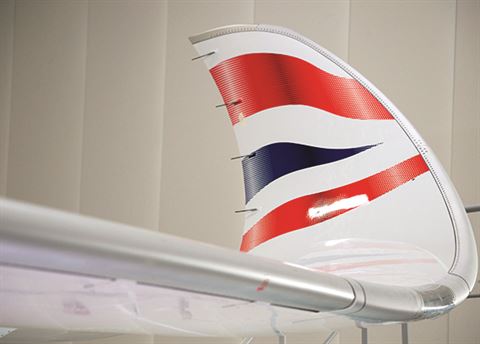
This article has been tagged BA, Technology
More from previous issues

Six of the best eco-friendly suncreams
Tis the sea-sun: as the hot weather kicks in, our expert reveals the best ocean-friendly suncreams for an environmentally-aware summer

Where to go in August
Euro stars: some cities on the Continent simply come alive as the sun rises. Here are five destinations to warm your heart this August

The Guru
Passengers in business class are about to enjoy a very welcome upgrade thanks to the new ‘Club Suite’, now rolling out across the A350 fleet. We get the lowdown from the man in charge of the stylish new arrival
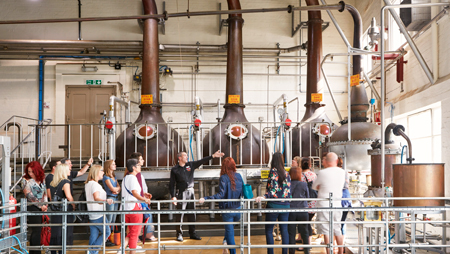
One for the road: the UK’s best breweries and distilleries
Thank brew very much: if you're after a pint with a difference, try one at these destination breweries across the UK